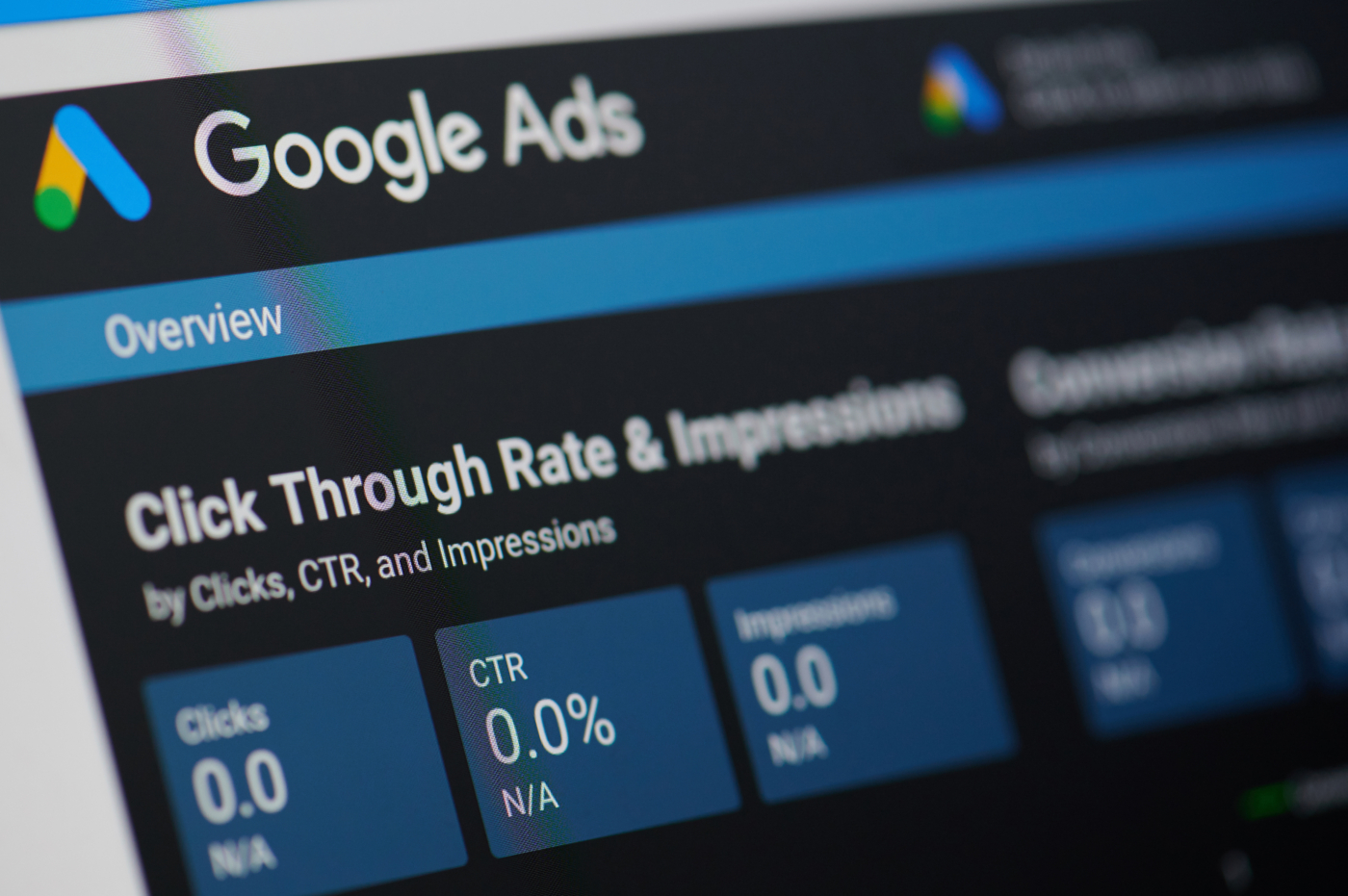B2B digital media will join print media in decline within two years if B2B media companies sell and operate as they do today. The industry’s growth in digital revenue (9% growth in ’15 and 3% in ’16) has slowed far more than ad spend has (20% in ’15 and 18% in ’16).
[wpdatachart id=1]Why has the industry fallen behind? It is so easy to reach a qualified and targeted audience today via “the platforms” (Google, Facebook, LinkedIn and Twitter) using custom audiences that match on email, phone or name and address. Agencies and clients alike are mining CRM data for gold and then using lookalike audiences to build out from there. The platforms compare favorably, and agencies and marketers alike are pushing their dollars there more aggressively, though they complain about how they are treated.
Let’s see how the competition stacks up.
The Platforms | B2B Media & Information | |
Pricing | The platforms have performance-based pricing and ad serving, meaning that and advertiser pays for an outcome delivered (click, lead, call, etc.) and that they can reduce the cost or increase the volume of that outcome by making their ads more effective. | Mostly CPM’s and sponsorships. Cost-per-lead campaigns are offered but usually have minimums associated with them. Very little pricing transparency. |
Ad Serving | Their ad placements have close proximity to content. Facebook now offers 100% viewability. Their serving algorithms create tangible response rates. CTR’s north of 1% and because they can tie impressions to users can climb as high as 10% if looked at compared to reach. | Viewability remains a soft spot for B2B media and placement is just as bad. Ads are positioned away from the content well in the right rail where they are ignored. CTR’s below 1%. |
Reporting & Management | The platforms also have massive integrations from a reporting and ad management perspective. The whole martech explosion was driven by it. Centralized management and reporting. | The goal of programmatic is to make publisher campaigns work just as easy, but the slow adoption of quality publishers vs. the quick adoption of low-reputation sites drives CPM’s and performance down. The fact that the industry hasn’t rallied around BPA’s B2B Media Exchange is concerning. |
Reach and Frequency | Lists are matching at 40% to 60% when using tailored audiences (customer lists that are anonymized and matched to users of a platform). Daily usage: Facebook: 1.37 billion daily users of their 2.07 billion active users | With email open rates in the teens and click-thru’s in the single digits, B2B publishers serve ads far less often that the platforms. Most media companies leverage their email blasts to create the necessary response for these campaigns, consuming the very asset that it relies on. |
At some point, agencies and large advertisers have to weigh the effort in managing publisher campaigns against the contextual relevance of the ad environment. Clients have an incentive to keep B2B media in business for coverage, but the work involved drags agency margins down and has lower performance on campaigns run in-house by clients directly. There’s strong incentive for agencies to migrate dollars to platforms. That leaves smaller clients who don’t have agencies, but those require more resources to serve (creative, content development, etc.).
The hope was that content marketing and native advertising could act as an answer by combining the organization’s content expertise with deep industry knowledge. However, many B2B media companies have found that they know how to break news better than develop marketing content. Those that have responded by launching content / brand studios are taking the digital dimes that they traded for print dollars and swapping them with pennies. It appears to be a choice between thin margins or low retention.
What’s worse, many B2B media companies are still doing things that inflate expectations, disappoint customers and damage retention by attempting to show bigger numbers without bigger ROI. Here’s just a few:
- reporting non-IAB compliant metrics like total open rate for email instead of unique open rate (bigger number)
- not removing unengaged emails from lists (bigger number)
- failing to adopt viewable impression standards (more impressions)
- Using Alexa numbers to make knowingly false statements about competition (bigger number)
- Websites that look like Ricky Bobby’s race car (more ad space)

But how can we fix it?


